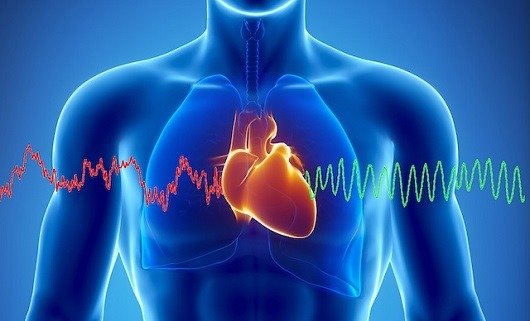… Continued from last edition
Cholesterol and the Heart
Cholesterol is a soft, waxy substance found among the lipids in the bloodstream and in all the body’s cells. It is important to the healthy functioning of our bodies. The human body makes cholesterol and it is consumed when eating animals and animal-derived food like milk and cheese. Cholesterol can also be made from foods that do not contain cholesterol such as coconut fat, palm oil and the trans-fats often used in foods such as French fries, cakes and cookies.
The body uses cholesterol in the blood to make cell membranes, vitamin D and hormones. It’s so important to keep the blood cholesterol at healthy levels, because high blood cholesterol is a major risk factor for heart disease and stroke.
There are two main types of cholesterol:
- Low-density lipoprotein (LDL) cholesterol. High levels of LDL in the blood promote the build-up of plaque in the artery walls, which is why it is often referred to as bad cholesterol.
- High-density lipoprotein (HDL) cholesterol is referred to as good cholesterol, because it helps carry LDLcholesterol away from the artery walls.
European recommendations suggest the following targets:
- Optimal total cholesterol: less than 5.0 mmol/l.
- LDL cholesterol: 3.0 mmol/l or less.
- HDL cholesterol: 1.2 mmol/l or more in women and 1.0 mmol/l in men.
You should check your cholesterol levels if you are above 40 (male) or 50 (female) and if there’s a family history of heart disease or stroke.
Blood sugar and the Heart
Sugar (glucose) is essential for normal body function and is necessary for every cell in the body. During the day, blood sugar levels tend to be at their lowest just before meals. Higher levels of sugar intake have been associated with increased cardiovascular disease. This implies that lowering blood sugar levels could reduce the risk of coronary heart disease in both diabetic and non-diabetic individuals. Scientists have identified a biological pathway—activated by abnormally high blood sugar levels—that causes an irregular heartbeat. This condition is known as cardiac arrhythmia and is linked with heart failure and sudden cardiac death. Generally, blood sugar levels below 70 milligrams per decilitre (mg/dL) are considered too low. A blood sugar level over 600 mg/dL can result in a life-threatening coma and dehydration.
To determine the body’s blood glucose level, the following tests may be conducted, as found appropriate by the medical practitioner:
- Random Plasma Glucose (blood sample can be taken any time).
- Fasting Plasma Glucose (blood sample is taken after eight hours of fasting, usually in the mornings).
- Oral Glucose Tolerance Test (blood sample is taken twice; fasting sample and after taking a sweet drink).
Body Mass Index (BMI) and the Heart
BMI is the numerical value of your weight in relation to your height. It is used as a screening tool to identify whether an adult is at a healthy weight. The benefits of maintaining a healthy weight go far beyond improved energy and smaller clothing sizes. By maintaining a healthy weight, you are also likely to reduce the burden on your heart and circulatory system. Excess weight increases the work of the heart, raises blood pressure and cholesterol levels while lowering the HDL (good) cholesterol levels. Increased BMI can also contribute to increased risk of diabetes.
BMI between 18.5 and 25 kg/m² indicates a normal weight.
BMI of less than 18.5 kg/m² is considered underweight.
BMI between 25 kg/m² and 29.9 kg/m² is considered overweight.
BMI of 30 kg/m² or higher is considered obese.


